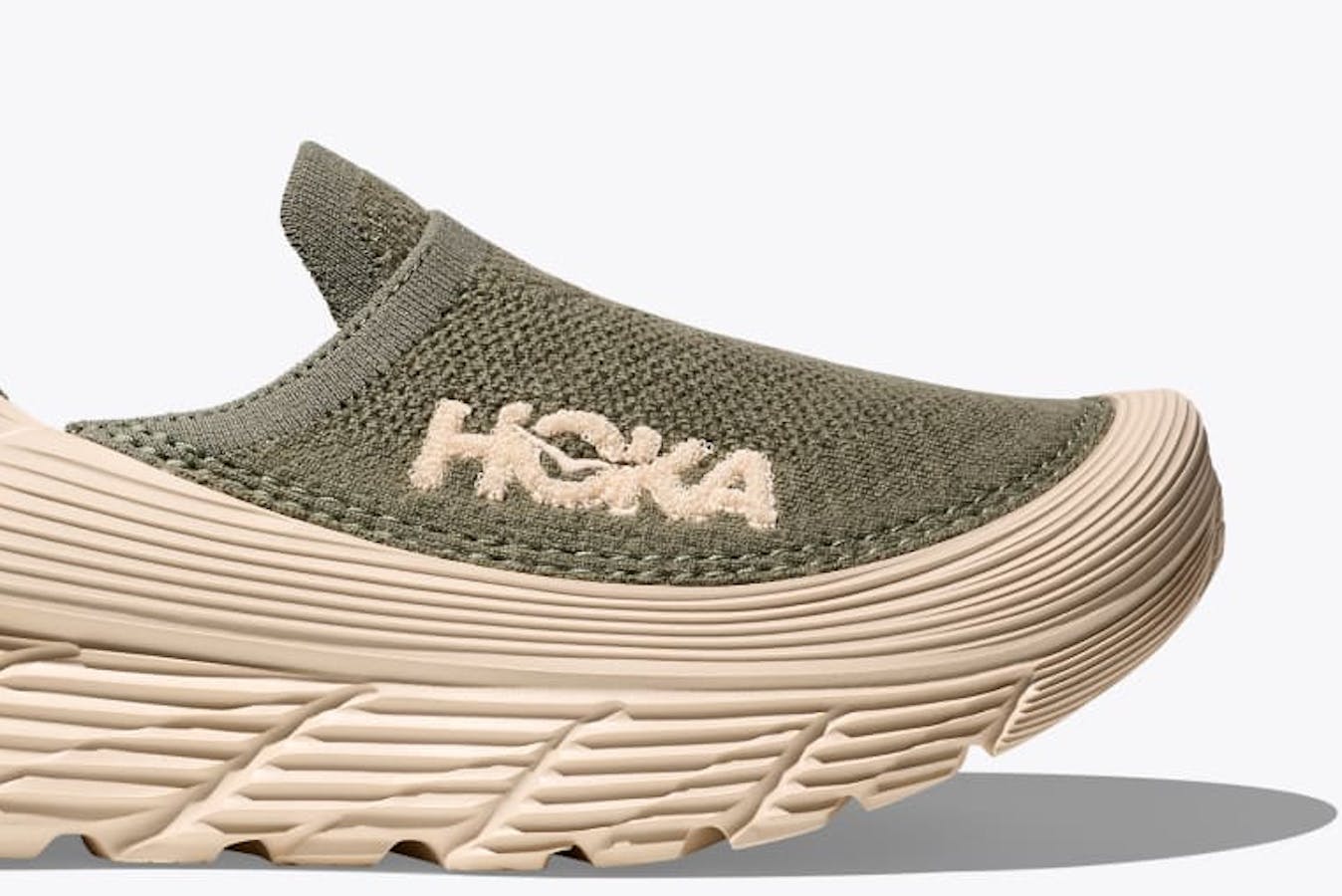E-commerce Websites Struggle with Accessibility: A Call for Improved Standards

By Gus Alexiou, Contributor
E-commerce websites have become synonymous with both convenience and challenge, particularly when it comes to accessibility for users with disabilities. Recent reports indicate that these platforms are at the forefront of accessibility issues, highlighting significant barriers that prevent consumers with disabilities from completing their purchases.
Since the internet's inception in the mid-nineties, the promise of universal access to information has been a fundamental goal. However, as e-commerce has evolved into a multi-trillion dollar industry, it has also revealed considerable shortcomings in its design. In 2024, global retail e-commerce sales are projected to reach an astounding $6 trillion. When you factor in the $13 trillion in disposable income associated with the disability community and their advocates, the opportunity for businesses to cater to this market is immense.
Despite this potential, a glaring issue remains: e-commerce websites continue to exhibit more measurable accessibility failures than other types of online platforms. This includes common issues such as improperly labeled buttons, missing image descriptions, inadequate keyboard navigation, and forms that are impossible to complete for those with disabilities. These accessibility failures create significant barriers, ultimately preventing consumers with disabilities from successfully completing their online purchases.
Recent studies have illuminated the extent of these accessibility challenges. The 2025 Digital Accessibility Index by AudioEye, which evaluated 15,000 websites across various sectors including education, finance, government, healthcare, hospitality, software, and retail, found that e-commerce platforms led the way in accessibility issues. On average, these e-commerce sites exhibited 350.1 accessibility failures per page, compared to an average of 297 issues across all sectors. AudioEye utilizes a hybrid approach to web accessibility compliance that combines artificial intelligence tools with expert oversight to address these barriers.
In another revealing study published earlier this month, ArcTouch collaborated with Fable to examine 50 of the most popular mobile apps in categories such as food delivery, payments, streaming media, fitness, and shopping. The State of Mobile App Accessibility report found that nearly three-quarters (72%) of the user journeys analyzed were hindered by accessibility barriers, resulting in either Poor or Failing app experiences. Notably, out of the 50 apps, only two received a Great accessibility rating, while nine apps were deemed to have inadequate accessibility.
When specifically looking at the e-commerce sector, the findings were troubling. Shopping apps received the lowest Industry Accessibility Score across all sectors, with a disappointing rating of just 41 out of 100, categorizing it as Poor. In contrast, Food & Delivery apps scored better at 57 (Fair), and Payments and Fitness apps also received Fair ratings of 54, while Streaming apps scored the highest with a Fair rating of 60.
The consistent failure of e-commerce websites to provide adequate accessibility is somewhat expected given the complexity of these platforms. E-commerce sites often feature intricate visual elements such as product listings and detailed forms, which necessitate specific formatting to be usable for all. While the need for accessibility compliance may be greater for these dynamic sites, the immediate benefits of rectifying these issuessuch as reducing customer frustration and minimizing abandoned shopping cartsshould not be overlooked.
However, the question remains: if the prospect of more satisfied customers isnt enough motivation for e-commerce brands to improve accessibility, what will? As legislation like the European Accessibility Act emerges and the Americans with Disabilities Act continues to evolve, it may take legal requirements to ensure that consumers with disabilities receive fair and equitable access to online shopping.
























